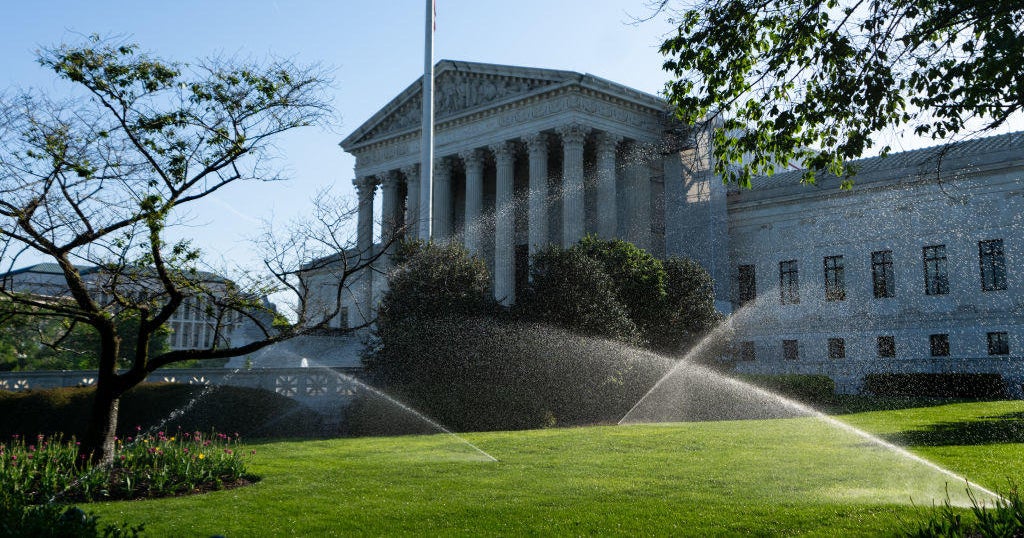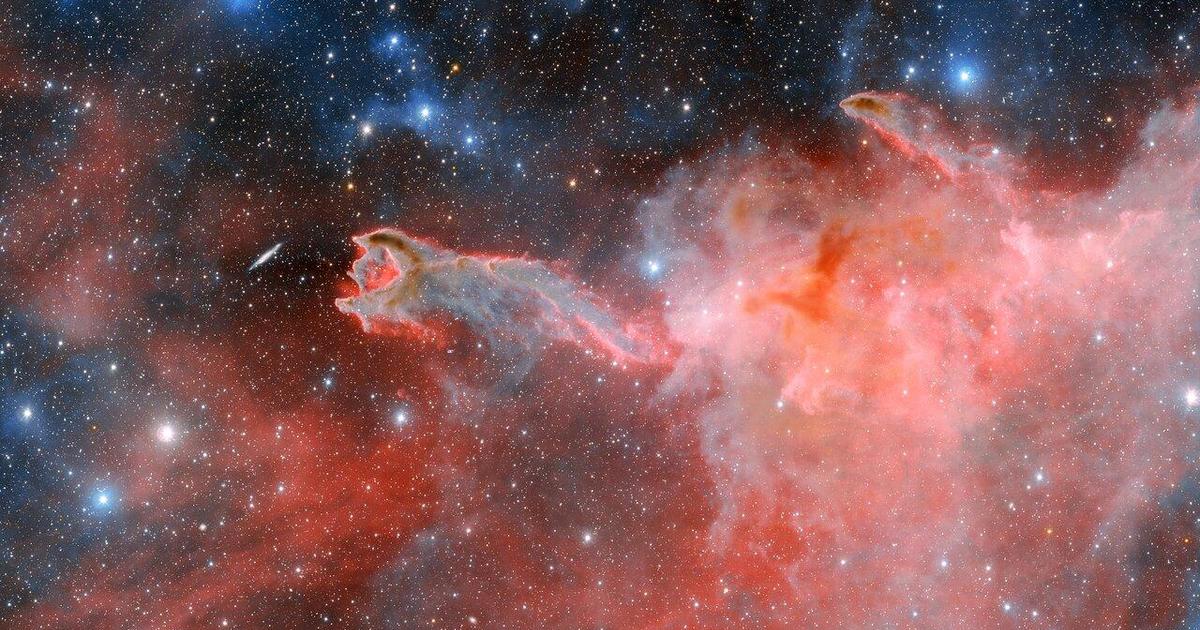Mystery surrounds dozens of unmarked graves at former plantation where Booker T. Washington was born a slave
Officials at Booker T. Washington National Monument, about 20 miles outside Roanoke, Virginia, are asking the public for help in unraveling one of its biggest mysteries.
Hidden away in a section of the park just off its Jack O' Lantern Trail rests a cemetery that predates much of the known history of the former plantation where Booker T. Washington was born a slave and later freed. The cemetery has few markings to provide context to who was buried there or when they were buried.
"It's definitely one of the biggest mysteries at the park," said Tim Sims, senior park ranger.
Archaeologists with New South Associates recently began taking a deeper look into the cemetery, commonly referred to as the Sparks Cemetery named after a person who once lived nearby. Their recently completed work provided a bit more understanding about the cemetery, but there are still few clues about who may be buried there.
"This is the most focused project to figure out who is interred at the Sparks Cemetery," Sims said.
There is little information to go on for researchers. The cemetery is thought to have graves dating between the early to late 1800s.
Only one headstone has a marking that can be read. The headstone, barely legible, was thought to be marked with "SID" in one area and "here" in another among other writing.
Sims said the archaeologists believe the SID is actually something closer to S and D which could point to early owner of the property Jesse Dillon Sr., who purchased the property in 1786 based on records. The "D" could stand for Dillon.
The Dillon family sold the property to Thomas Burroughs in 1833. The family later established the Burroughs estate in 1850. Enslaved Blacks on the property included Booker T. Washington, his mother and his siblings.
Sims said another likely scenario is that the cemetery could be where enslaved people at the Burroughs estate were buried. The Burroughs family cemetery is in another section of the park.
There is documentation that at least one enslaved person died at the estate. The records don't provide details of where the person was buried, Sims said.
There is also a possibility that the cemetery could be were both enslaved and some early settlers such as the Dillon family were buried. He said separating cemeteries based on race was not something that was done until around the time of the Civil War.
"Before that time, it wasn't uncommon for whites and Blacks to be buried in the same cemetery," Sims said.
Due to the research from archaeologists, the number of known graves at the cemetery has also expanded. Devices using electric resistivity and ground-penetrating radar were used to take a closer look at the site without disturbing the graves.
Park staff originally believed there were only 12 to 13 graves at the cemetery based on markings above ground. Based on the recent research, they believe the number of graves is likely closer to 41.
Sims said the graves extend outside of the current fencing at the cemetery. Plans are already underway to expand the fencing to include the newly discovered graves, he said.
While some new details have come to light, there is still a mystery of who resides in the graves. In an effort to finally answer those questions, New South Associates and park staff are reaching out to the public for help.
Sims said there could be some family history about the cemetery passed down from relatives who are buried there. There could also be documents of the cemetery stored away in old Bibles passed down from generation to generation.
Some of the Black families who have lived near the cemetery include the Brown, Holland, Divers, Burroughs, Ferguson, Taylor, Green, Harris, English, Edwards, Starkey, Swain, Saunders, Childress and Dudley families. Sims said the names of the families were found looking through property deeds, slave records and federal census records.
After the Dillons and Burroughs, a man named Sparks, which the cemetery is named after, lived in the area. The property was eventually sold to John D. and Martha Robertson in 1893. Sidney Phillips purchased the property in 1945 and it was turned into the Booker T. Washington Birthplace Memorial. It became a national monument in 1956.
People with information on those possibly buried in the Sparks Cemetery are asked to contact Velma Fann, historian, at New South Associates at 770-498-4155, x126 or vfann@newsouthassoc.com.





